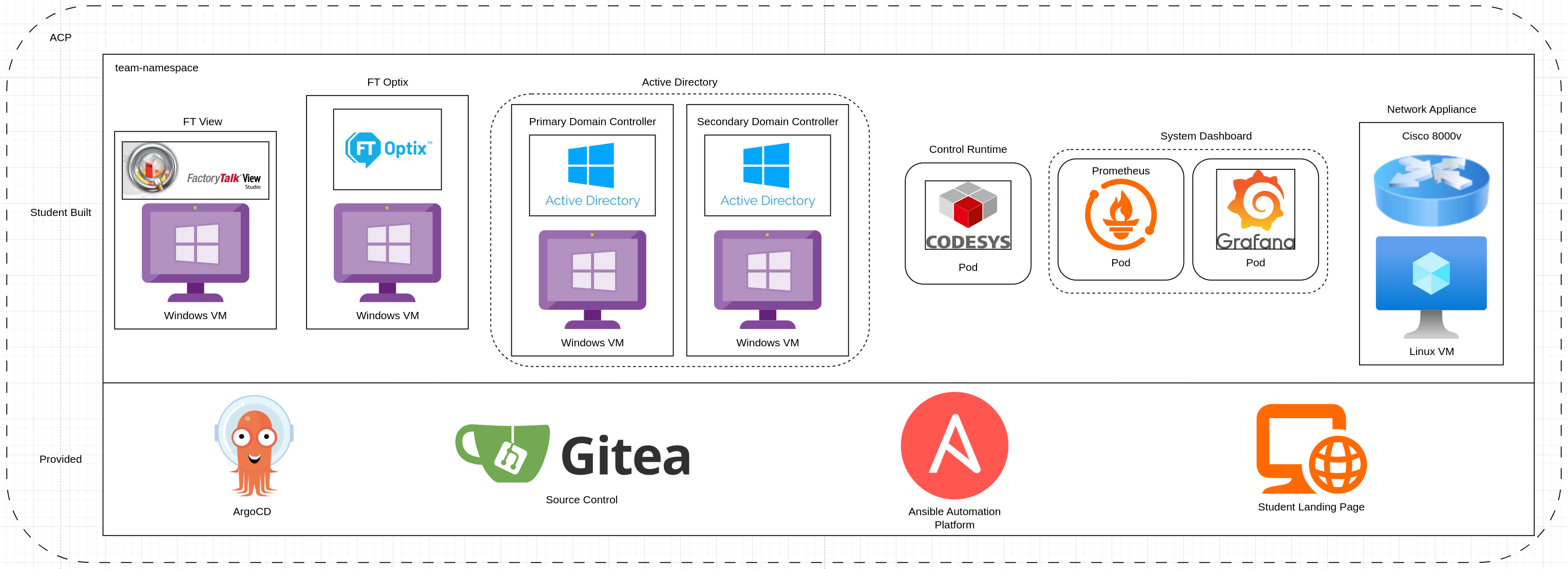Red Hat Advanced Compute Platform - Existing and Next Generation Workloads
Table of Contents
Introduction
This workshop focuses on leveraging a Red Hat Advanced Compute Platform and the tools it provides to run existing and next generation workloads on the same platform. This allows for mission-critical workloads to be run more efficiently, while providing capability to run next generation workloads based on newer paradigms, such as containers, all on the same platform.
ACPs are typically architected like other hyperconverged solutions, with options for a highly available or non-highly available options. Larger deployments are possible if required for heavy workloads.
The following patterns highlight the two most common ACP deployment patterns:
ACPs provide a set of consumable resources that are leveraged to build, deploy, and run workloads. These workloads often span both virtualized and containerized paradigms, requiring the platform to provide a wide array of tools and capabilities.
For more information on the standard services provided by an ACP, review the following links:
By the end of this workshop, students in teams will build a mock system that mirrors what’s found at industrial sites today, combining existing workloads based on virtualization with next generation containerized workloads.
Lab Students and Teams
In this lab, students will work in teams of six, with each responsible for a specific application or configuration that’s part of the overall system. It’s recommended to form a team with other students seated around you to allow for collaboration.

Getting Started
Visit the introduction exercise to begin the workshop: Introductions
